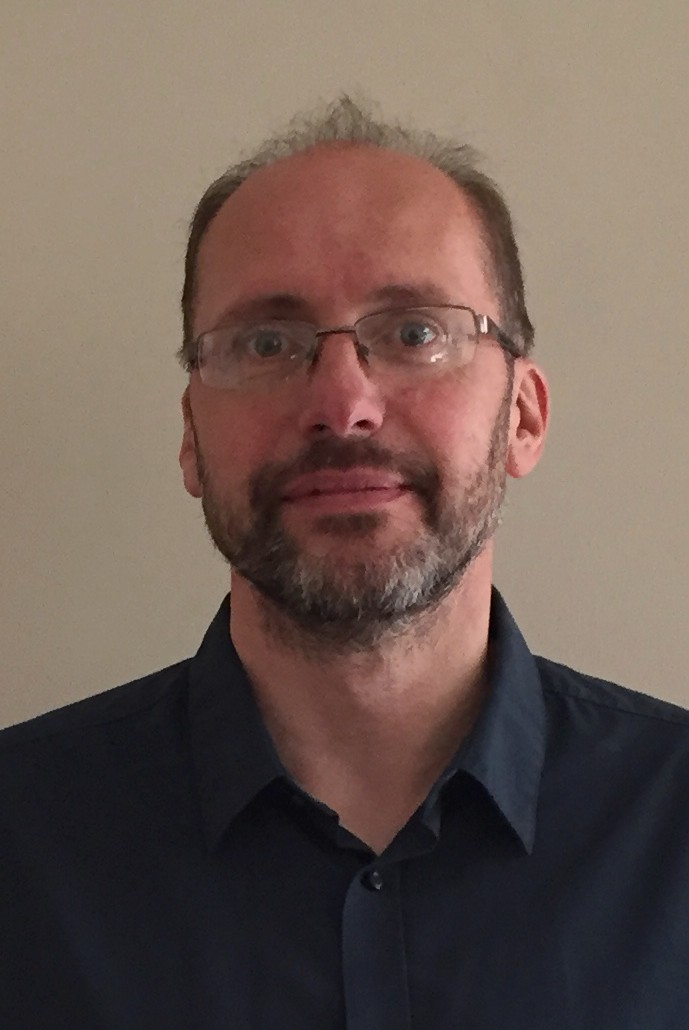All Events /
MAPP Lecture Series - Professor Andrew Moore
The MAPP Lecture Series [#MappLecture] began in November 2017 with a lecture by Prof. Richard Leach, University of Nottingham, and will continue in Sheffield in 2018 with regular one-hour lunchtime lectures, from experts in the field of AM. All lectures are open to external attendees and will be followed by lunch and an opportunity to speak with the lecturer.
The fifth lecture in the series will be given on Monday 22nd October, in Hadfield Building Lecture Theatre 22 by Professor Andrew Moore, Heriot-Watt University.
Andrew Moore is a Professor in the Institute of Photonics and Quantum Sciences at Heriot-Watt University. He leads the Optical Diagnostics group, which researches dynamic, full-field optical instrumentation and its application to manufacturing processes. The group is using high-speed imaging and schlieren imaging, combined with multi-physics modelling, to provide fundamental process understanding and control in laser powder bed fusion (PBF), wire-arc additive manufacturing (WAAM) and welding. The group is also using GHz and THz illumination to measure sub-surface strain distributions in ceramics, with particular application in the manufacture of thermal barrier coatings.
'Fluid and particle dynamics in laser powder bed fusion'
Abstract
This lecture will describe detailed, in-process imaging of the interaction of the laser beam with the powder bed during the build of fully dense parts by laser powder bed fusion (PBF). Density gradients in the plume of metal vapour and plasma above the melt pool, and the plume’s interaction with the shielding gas flow, have also been observed with schlieren imaging. These results show that the PBF process is more dynamic than is generally appreciated. A finite element model for PBF that incorporates the hydrodynamics of the laser plume and the atmospheric flow will be described, to explain the observed motion of the fluids and powder particles in and above the powder bed.
These results provide useful information to assist with process planning, for example about powder denudation, the dynamic packing density of the powder layer, the production of metal vapour and spatter from the melt pool, and variations in laser absorption by the powder bed. These techniques have also enabled new process settings to be explored and understood: results will be presented for experiments carried out under vacuum and high-pressure conditions (between 10 μbar and 5 bar absolute pressure) in both argon and helium atmospheres.
The lecture will be followed by lunch in the Turner Museum.

